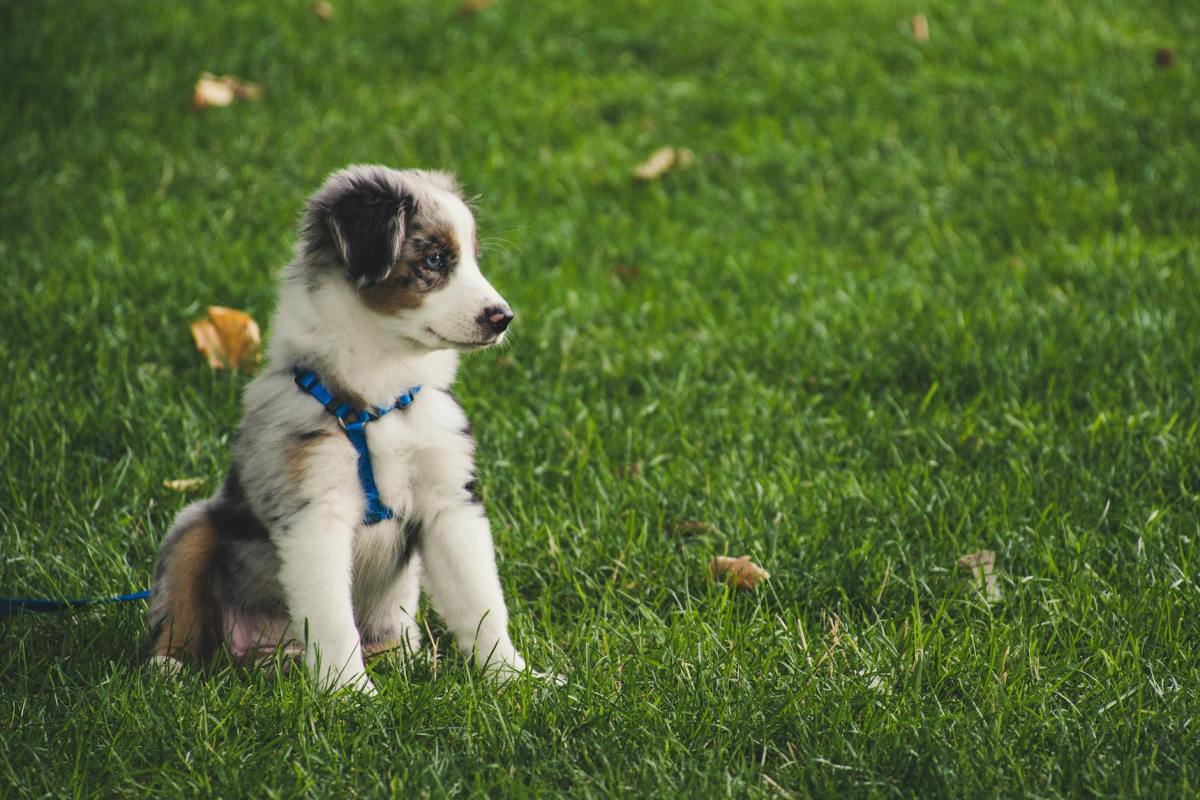
Puppy biting is a normal part of their development, but those sharp little teeth can be painful! Whether it’s during playtime or teething, puppies bite as a way to explore their world, relieve discomfort, or learn boundaries. While it’s natural, it’s important to teach your pup what’s appropriate to bite—and what isn’t. Here’s how to address puppy biting effectively.
1. Understand Why Puppies Bite
Puppies bite for several reasons:
- Teething: Just like babies, puppies go through teething and bite to soothe their gums.
- Exploration: Puppies use their mouths to explore new things.
- Playfulness: Biting often happens during play as they learn how to interact with others.
- Lack of Boundaries: Puppies don’t yet know that biting humans isn’t acceptable.
Recognizing the reason behind the biting can help you respond appropriately.
2. Teach Bite Inhibition
Bite inhibition is a puppy’s ability to control the force of their bite. If your pup bites too hard during play, let out a high-pitched “ouch!” and stop playing immediately. This mimics how other dogs teach boundaries and helps your puppy learn that biting hurts.
3. Redirect Their Attention
Instead of letting your puppy chew on your hands or feet, redirect them to appropriate chew toys. Keep a variety of toys on hand—rubber, plush, or teething-specific—to keep them interested. If your puppy starts biting, calmly offer a toy as a substitute.
4. Use Positive Reinforcement
Reward your puppy with treats or praise when they play gently or chew on the right things. Reinforcing good behavior helps them understand what’s expected.
5. Avoid Encouraging Biting
It might be tempting to play rough or let your puppy chew on your hands, but this can confuse them about what’s okay. Stick to gentle play and discourage any behavior that involves biting.
6. Stay Consistent
Consistency is key to teaching your puppy. Everyone in your household should follow the same rules when it comes to handling biting. Mixed messages will only confuse your pup.
7. Help with Teething Pain
When your puppy is teething, provide soothing options like frozen carrots, wet washcloths, or specially designed teething toys. These can help relieve their discomfort and reduce their urge to bite.
8. Teach Basic Commands
Commands like “leave it” and “drop it” can be valuable tools to redirect biting behavior. Start training early with positive reinforcement techniques.
9. Take Breaks
If your puppy is overly excited or keeps biting, it might be time for a timeout. Place them in a safe, quiet space for a few minutes to calm down.
10. Be Patient and Persistent
Puppy biting doesn’t stop overnight—it takes time and effort to teach them proper behavior. With patience and consistent training, your puppy will learn to curb their biting and grow into a well-behaved companion.
Final Thoughts
Puppy biting is a phase that can be managed with the right techniques and a lot of love. By teaching boundaries, providing appropriate outlets, and being consistent, you can help your pup develop good habits that will last a lifetime.
What’s your go-to strategy for handling puppy biting? Share your tips in the comments below!



